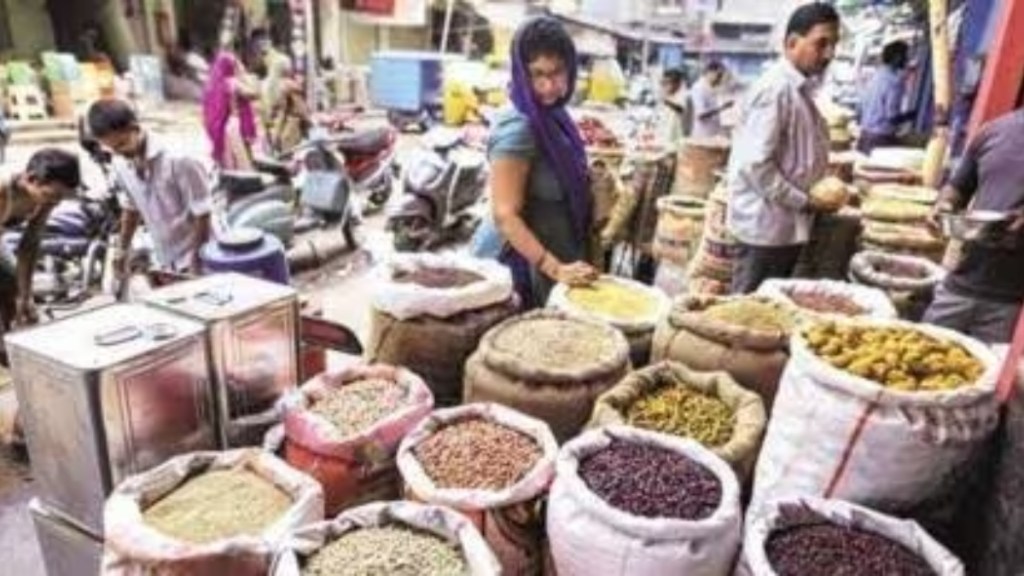While India has managed to keep its food inflation at moderate levels and lower than many large economies, the review of the Indian economy on Monday said that the agriculture sector has performed consistently well.
It said rices of specific food items were pressured by untimely rains, leading to crop losses and weather-driven supply chain disruptions.
There is a need for continuous innovation in farming practices, crop variety improvements, and technology adoption are essential to meet the growing demands for diversified and nutritious food baskets in the country, the review said. It stressed the need for consistency in policy for expanding market and production choices of farmers keeping environmental and ecological consideration.
Stating that average annual foodgrain production was 289 million tonne (MT) during FY15-FY23 against average annual output of 233 MT between FY05-FY14, the review, just ahead of the Budget, has said rice, wheat, pulses, nutri cereals, and oilseeds witnessed record increases in production.
While stating that India’s global dominance extends across agricultural commodities, making it the largest producer of milk, pulses, and spices worldwide, the review has noted “improved performance is also reflected in a substantial surge in agriculture exports, reaching Rs 4.2 trillion in FY23, surpassing the previous year’s records”.
The review listed measures such as such as Pradhan Mantri Kisan Maandhan Yojana (PM-KMY), Pradhan Mantri Kisan Samman Nidhi (PM-Kisan), and Pradhan Mantri Fasal Bima Yojana, which have played a key role in providing financial and income support to farmers. Under PM-KMY, a monthly pension of Rs 3,000 has been provided to 2.3 million small and marginal farmers after they attain the age of 60. Under PM-Kisan, where farmers get Rs 6,000 annually in three equal monthly instalments, Rs 2.8 trillion have been transferred to more than 110 million beneficiaries.
The report states that since 2018-19, the government has ensured a minimum of 50% margin over the all-India weighted average cost of production for each crop covered under the minimum support price. “This price support also aims to reduce India’s import dependence and foster diversification towards pulses, oil, and commercial crops,” the review has said.

